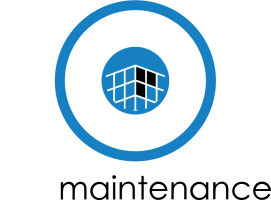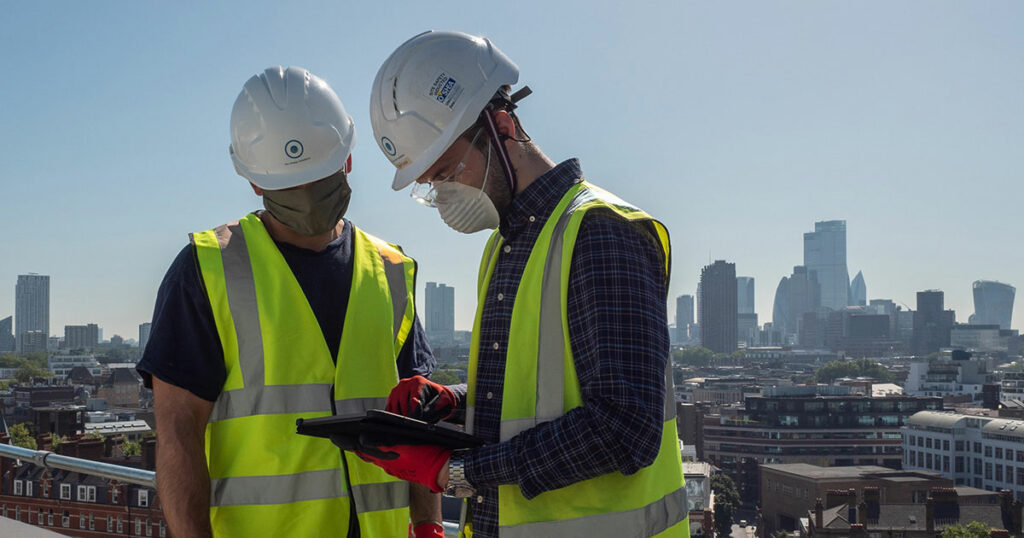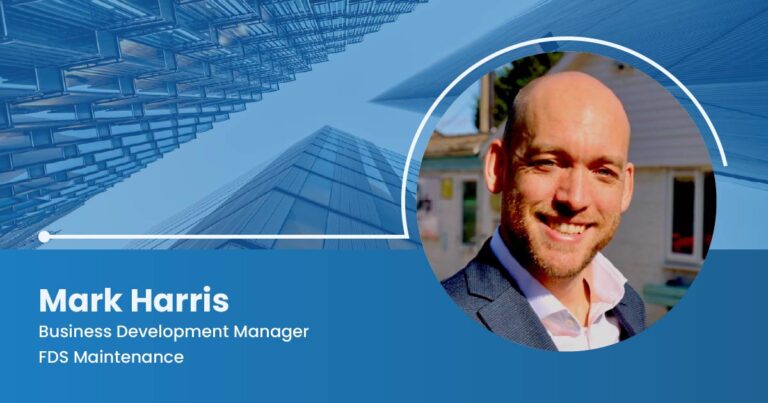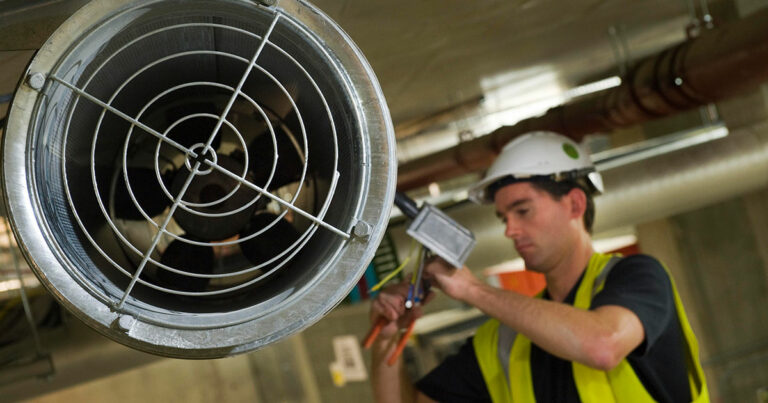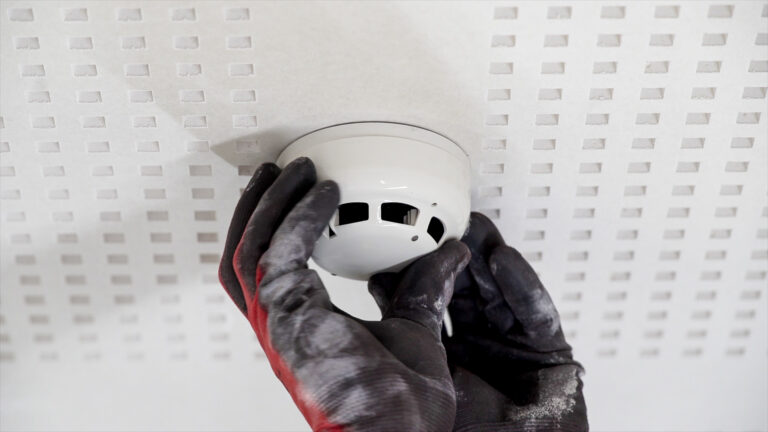The Building Safety Act 2022 ushered in a new era of accountability for building safety in the UK. Central to this regime is the role of the Principal Accountable Person (PAP) – typically the building owner or managing entity of a high-risk building – who has overarching responsibility for the safety of their building’s residents.
For PAPs, one critical aspect of this duty is ensuring smoke control systems (like smoke vents, extract systems, and related fire safety mechanisms) are properly maintained. This article explains what the Building Safety Act means for smoke control maintenance, outlining the key obligations of PAPs and offering practical guidance for compliance.
Who or What is a PAP?
Under the Building Safety Act, any “higher-risk building” in England (generally residential buildings over 18m or 7+ storeys with multiple units) must have an identifiable Accountable Person, and if there are multiple, a Principal Accountable Person (PAP) who holds the primary responsibility.
In many cases, the PAP will be the building owner, superior landlord, or management company – essentially the top-level entity that has control over the building’s safety management. The PAP is the point person (or organisation) answerable to the new Building Safety Regulator for ensuring that fire and structural safety risks are properly controlled in the building’s day-to-day operation.
Smoke Control Maintenance Duties under the Act
The Building Safety Act doesn’t list every fire safety task in detail, but it imposes broad legal duties on PAPs to actively manage and mitigate building safety risks. For fire safety systems like smoke control, this translates into sev7/68+8eral clear responsibilities:
- Establish a maintenance regime: The PAP must ensure that a suitable maintenance schedule is in place for all smoke control systems. This means setting up regular inspection, testing, and servicing routines for smoke vents, AOVs, fans, dampers, sensors, and control panels – much like the frequencies recommended by the Smoke Control Association or British Standards. Essentially, PAPs need to make sure that smoke ventilation is not “fit and forget” equipment; it requires ongoing care.
- Use competent personnel: Just as with the RRO obligations, the PAP should only engage qualified professionals or certified firms to maintain and service smoke control equipment. Given that the Building Safety Act emphasizes accountability, PAPs could be held responsible if they delegate maintenance to unqualified handypersons and something goes wrong. Best practice is to use specialists (e.g. contractors with appropriate smoke control certification) to carry out thorough maintenance.
- Keep clear records: PAPs are required to maintain a “golden thread” of information about their building’s safety, which includes documentation of all safety equipment and its upkeep. Practically, this means PAPs must keep detailed records of smoke control system maintenance – all inspections, test reports, certificates, etc.. These records should be up to date and accessible. They serve two purposes: (1) to inform your own building safety management (so you know the condition of your systems), and (2) to demonstrate compliance to the regulator or fire service when needed. For example, during the building’s safety case review or an audit, you may need to show evidence that the smoke ventilation system has been serviced and any issues addressed.
- Proactive fault reporting and fixes: Under related regulations, PAPs in high-rise residential buildings must report certain fire safety faults to the local Fire & Rescue Service if they cannot be rectified within 24 hours. This underscores a proactive approach – you can’t silently ignore a broken smoke vent. PAPs should ensure that any discovered fault in a smoke control system is logged, communicated, and swiftly repaired, with interim measures in place if the system is offline. In practice, this might involve having an urgent response contract with a maintenance provider and a plan for temporary safety measures if, say, a key fan is down for repairs.
- Integrate into the safety case: High-risk buildings must have a Building Safety Case, which is essentially a comprehensive risk assessment and plan for managing building safety. The maintenance of smoke control systems should be a defined part of that safety case. The PAP must be able to show how they monitor and ensure the efficacy of the smoke ventilation – for instance, citing that they have quarterly inspections and annual performance tests, and that the results of these feed into periodic reviews of the building’s fire risk assessment.
In summary, the Building Safety Act requires PAPs to oversee smoke control system maintenance actively, rather than assuming someone else takes care of it. The PAP carries the accountability for seeing it done right.
Consequences of Neglecting Smoke Vent Maintenance
The stakes are high. If a PAP fails to maintain smoke control systems, they not only put residents at risk but also expose themselves to regulatory action. Under the Act, the Building Safety Regulator can enforce compliance and issue sanctions on PAPs who don’t meet their duties.
This could include fines or special measures if a building is found to be unsafe. Moreover, if an incident occurs (like a fire where a neglected smoke vent system fails), the PAP could face severe legal consequences under multiple laws – the Building Safety Act, the Fire Safety Order, and even corporate manslaughter laws in extreme cases.
On the flip side, PAPs who diligently maintain their smoke ventilation systems will find that they are far better positioned to comply with the Act. Their safety case will be robust, their interactions with residents (who must be kept informed of building safety) will be positive, and the risk of a catastrophic failure (and resultant liability) will be much reduced.
Practical Tips for PAPs Managing Smoke Control Maintenance
Being a Principal Accountable Person is a heavy responsibility, but there are practical ways to manage smoke control obligations:
- Inventory your smoke control assets: Start by making sure you have identified all smoke control features in the building – from rooftop vents and staircase AOVs to car park extract fans and dampers. The SCA guidance suggests compiling an asset register with images and locations of each component. You can’t maintain what you don’t know exists.
- Schedule maintenance well in advance: Plan out a maintenance calendar for the year, including who will do each task. For example, designate building staff to do weekly checks (like ensure panels show no faults and maybe trigger a test in a different zone each week), then have a contract with a specialist firm for quarterly and annual checks. Automate reminders if possible. As PAP, it’s on you to ensure these happen on time.
- Use third-party certified contractors: Strongly consider service providers who are SDI-19 certified (the third-party scheme for smoke control system maintenance) or similarly accredited. This helps satisfy the competence requirement and gives confidence that the work meets industry standards. It’s easier to defend your maintenance program to regulators if reputable certified professionals are involved.
- Maintain communication and documentation: Keep lines of communication open with anyone performing the maintenance – get reports after each visit and ensure you understand any recommendations or deficiencies noted. Log these in the record and follow up. Also, make relevant parts of the maintenance records available to residents if needed (the Act requires PAPs to share certain safety info with residents).
For instance, you might include a note in a resident newsletter that “the smoke control system was serviced last month and found to be fully functional” – this can boost resident confidence that safety is being managed. - Prepare for inspections or queries: The new regulator or fire service can ask you to demonstrate how you’re managing smoke control. Be prepared to present your maintenance logs, contracts, and procedures. Having a concise summary or policy document for smoke vent maintenance can be helpful – something that states the maintenance frequency, the contractor details, and a brief overview of the system. This can be part of your broader safety case documentation.
By embracing these practices, PAPs will not only comply with the Building Safety Act’s requirements but also genuinely enhance the safety of their buildings. Smoke control systems, when properly maintained, significantly reduce fire risks – keeping exit routes clear of smoke and aiding firefighting operations. As a PAP, delivering on maintenance is one of the most tangible ways you protect lives.
Navigating the new Building Safety Act obligations can be complex, but you don’t have to do it alone. FDS Maintenance partners with Principal Accountable Persons to take the hassle out of smoke control maintenance. From setting up compliant maintenance schedules to providing thorough documentation for your safety case, we’ve got you covered.
Reach out to FDS Maintenance today to ensure your smoke ventilation systems meet the Act’s requirements, and to give yourself, as PAP, one less thing to worry about.
